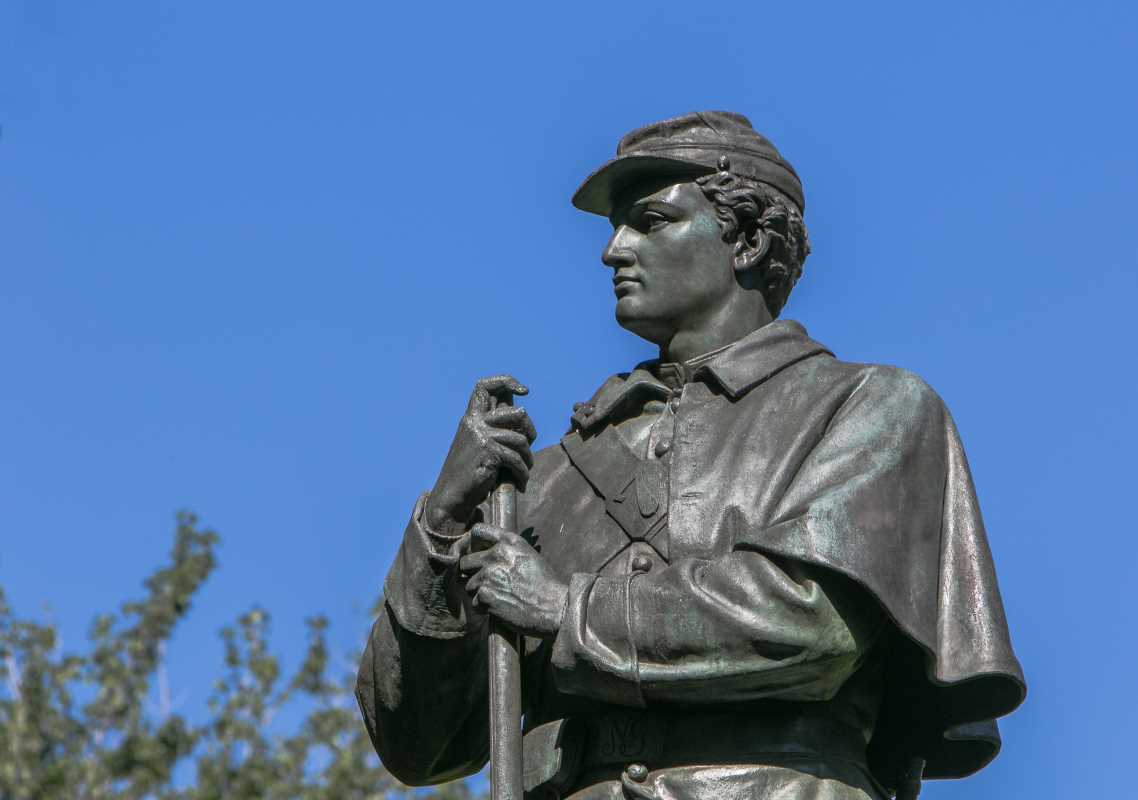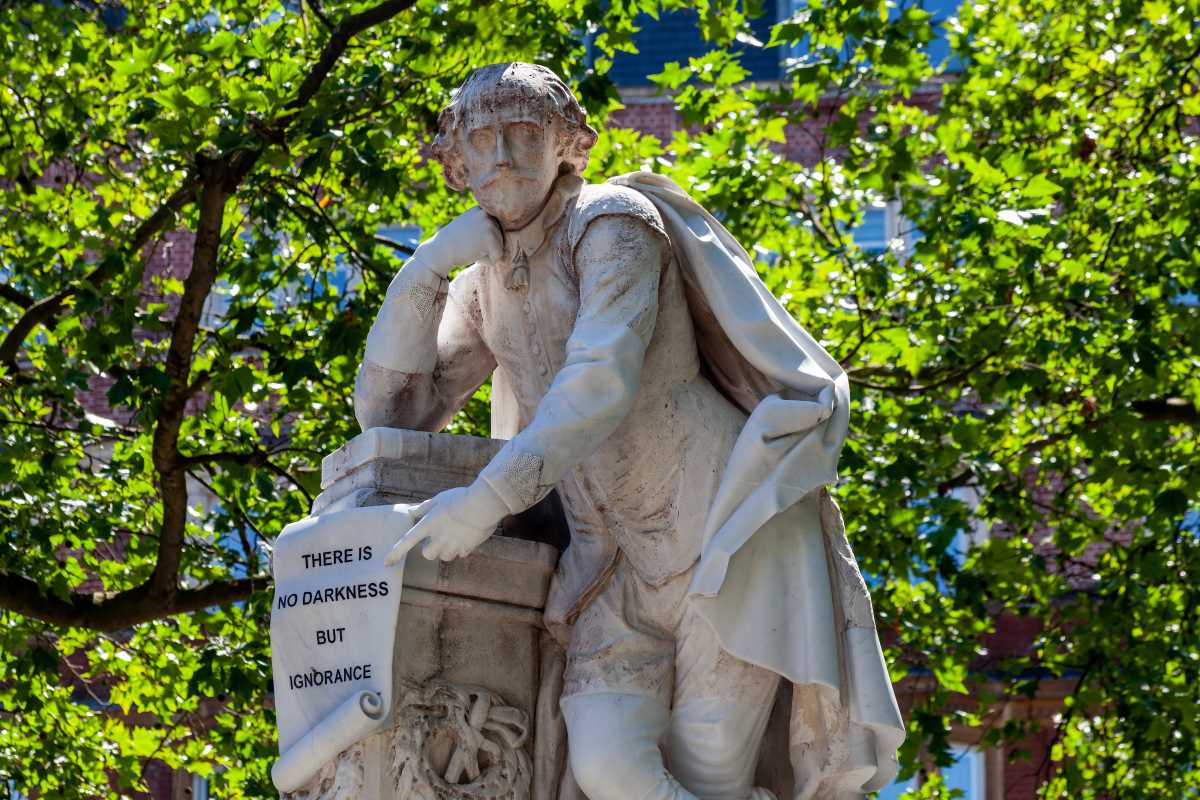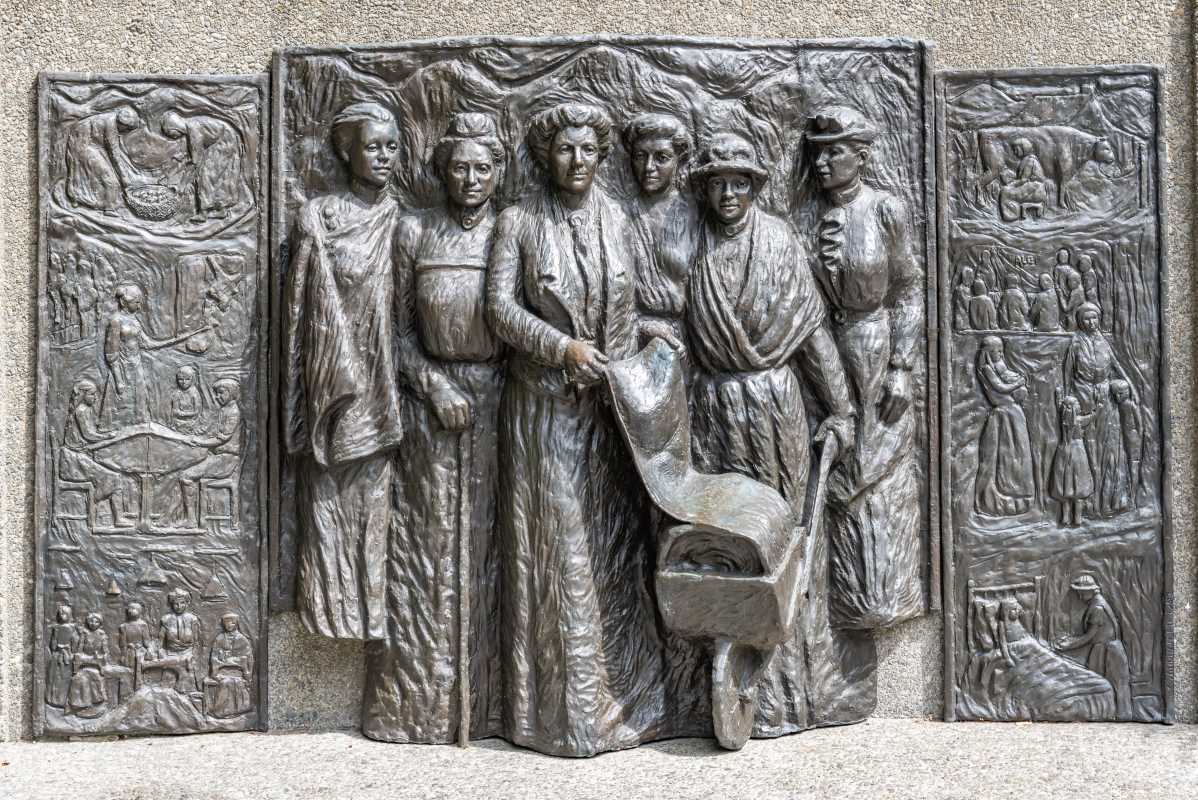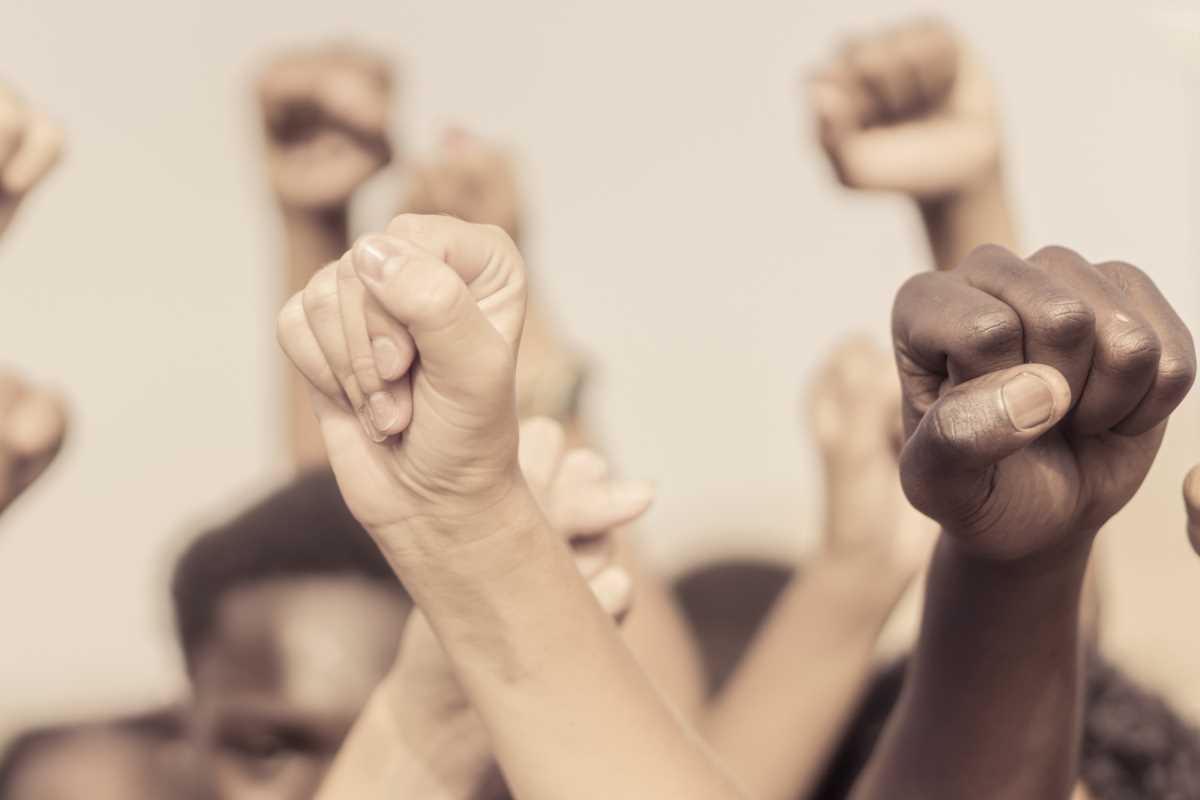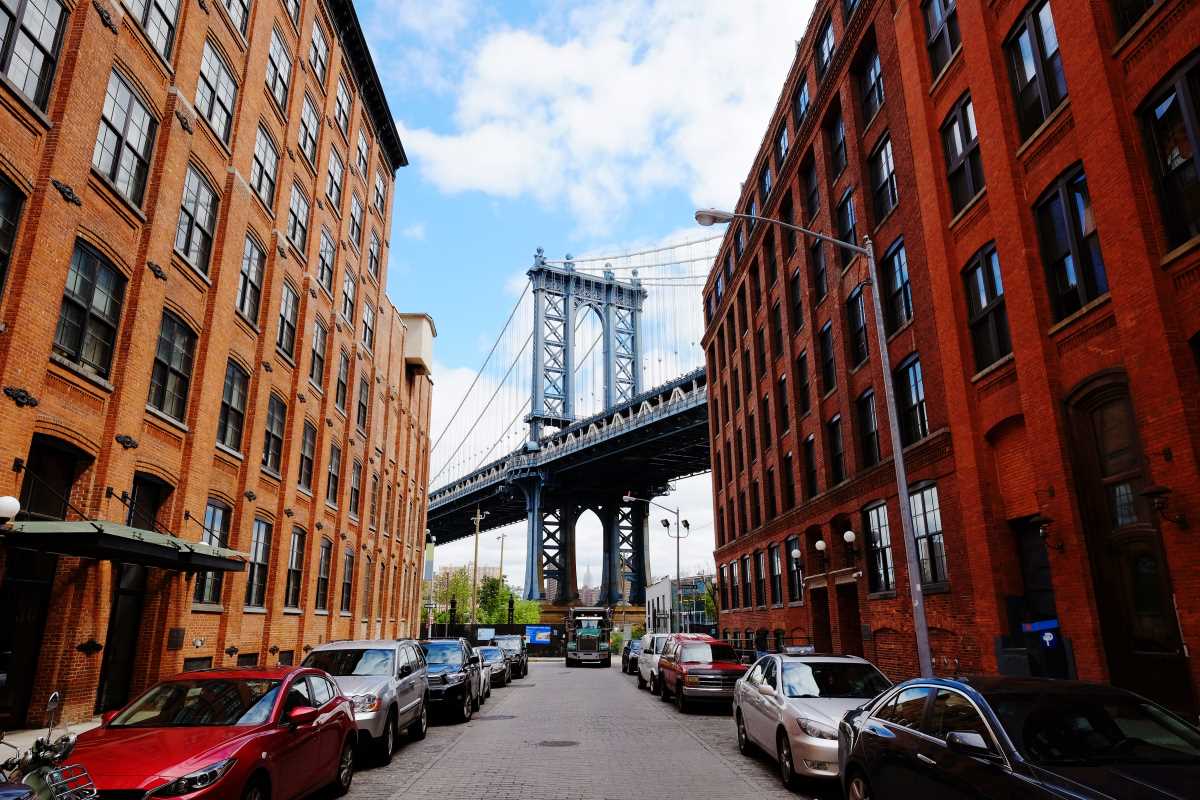The Industrial Revolution was one of the most significant events in American history, transforming the country from a rural, agrarian society into a modern, industrial powerhouse. Spanning from the late 18th century to the early 20th century, this period brought new technologies, industries, and opportunities that forever changed the way people lived and worked. Alongside this growth, however, came challenges like overcrowding, pollution, and social inequality.
One of the most notable impacts of the Industrial Revolution was the rise of urban America. Cities grew rapidly as people left farms and small towns in search of factory jobs and better lives. This migration reshaped the country’s landscape, economy, and culture, creating the vibrant urban centers we recognize today. Understanding how the Industrial Revolution shaped urban America gives us a clearer picture of how cities became hubs of activity, diversity, and innovation.
The Birth of Urban Centers
Before the Industrial Revolution, America was primarily rural, with most people working in agriculture or small-scale trades. Cities existed, but they were relatively small and focused on local economies. That all began to change in the late 18th century, as technological advancements began to revolutionize the way goods were produced.
Factories and Job Creation
The introduction of factories was a major driver of urbanization. Factories could produce goods faster and cheaper than traditional methods, but they needed a steady supply of workers to keep up with demand. To fill these jobs, people began flocking to cities like Boston, New York, and Philadelphia.
These cities quickly transformed into manufacturing hubs, with bustling factories producing textiles, machinery, and countless other goods. The factory system also introduced wage labor, allowing individuals to earn steady incomes instead of relying on the unpredictable nature of farming.
Transportation and Connectivity
Advancements in transportation played a big role in the growth of urban centers. The development of canals, railroads, and steam-powered ships made it easier to move goods and people across the country. Cities became central points for trade, connecting rural areas to national and even international markets.
For example, the Erie Canal, completed in 1825, linked the Great Lakes region to New York City, turning the city into a global trading powerhouse. Railroads further boosted urban growth by connecting cities to distant resources, fueling industries like steel and coal.
Immigration and Workforce Expansion
The Industrial Revolution didn’t just attract Americans to cities; it also drew millions of immigrants from other countries. Many of these newcomers saw urban centers as places of opportunity, where jobs were plentiful and wages could support families.
Waves of Immigration
By the mid-19th century, waves of immigrants from Ireland, Germany, and later Italy and Eastern Europe arrived in America. They settled in cities where factory work was available, contributing to the rapid expansion of urban populations. Neighborhoods like Little Italy and Chinatown formed as ethnic communities grew, each bringing unique cultural influences.
Challenges of Immigration
While immigrants helped power industrial growth, they also faced significant obstacles. Many lived in crowded tenements with poor sanitation, worked long hours in dangerous conditions, and encountered discrimination from nativist groups. Despite these hardships, immigrant communities played a crucial role in shaping the character of urban America.
Urban Challenges and Reforms
The rapid growth of cities during the Industrial Revolution wasn’t without its downsides. Overcrowding, pollution, and inequality were common issues that residents and governments struggled to address.
Overcrowding and Housing
Urban populations often grew faster than cities could handle, leading to overcrowded and unsanitary living conditions. Tenements, or multi-family apartment buildings, were common in cities like New York and Chicago. These buildings were poorly ventilated, lacked proper plumbing, and were major breeding grounds for disease.
Efforts to reform urban housing began in the late 19th and early 20th centuries. Activists like Jacob Riis, who documented harsh urban living conditions in his book How the Other Half Lives, used photography and journalism to advocate for change. His work inspired building codes and housing regulations that aimed to improve urban life.
Environmental Impact
Industrialization also had a major impact on the environment. Smoke from coal-burning factories and trains filled the air, while industrial waste polluted rivers and lakes. Cities became hubs of both innovation and environmental degradation, forcing officials to confront the need for sanitation systems and clean water.
Public works projects like sewage systems and garbage collection were developed in response to these challenges. The establishment of public parks, such as New York’s Central Park, also aimed to improve urban living conditions by providing green spaces for residents.
Labor Movements and Worker Protections
The working conditions in factories during the Industrial Revolution were often harsh. Long hours, low wages, and dangerous environments led many workers to organize for better treatment. Labor unions formed to advocate for rights such as an eight-hour workday, safer workplaces, and fair pay.
Strikes and protests, such as the Haymarket Affair in Chicago, highlighted the struggles of industrial workers. Over time, these labor movements helped push for reforms that shaped modern workplace protections, like child labor laws and workplace safety standards.
The Cultural Shift of Urban America
The Industrial Revolution didn’t just transform cities physically; it reshaped their culture as well. Urban centers became melting pots of ideas, customs, and innovations, driving cultural and technological advancements.
Access to Education and Opportunities
Cities during the Industrial Revolution began to emphasize education as a key to personal and economic advancement. Public schools were established to teach the growing urban population, while libraries and cultural centers provided access to knowledge and the arts.
Urban centers also became hubs for upward mobility, offering people opportunities to climb the social ladder through education, entrepreneurship, or skilled labor.
The Rise of Consumer Culture
Urbanization brought about a shift in how Americans shopped and consumed goods. Department stores, like Macy’s in New York, offered a wide range of products under one roof, introducing new ways for city dwellers to experience convenience and luxury. Advertising also boomed during this time, fueling consumer culture and creating a new connection between people and the products they purchased.
Entertainment and Leisure
Alongside hard work, cities cultivated entertainment and leisure opportunities. Theaters, music halls, and sports stadiums became popular places for urban residents to unwind. Events like vaudeville shows and baseball games reflected the growth of a shared national culture.
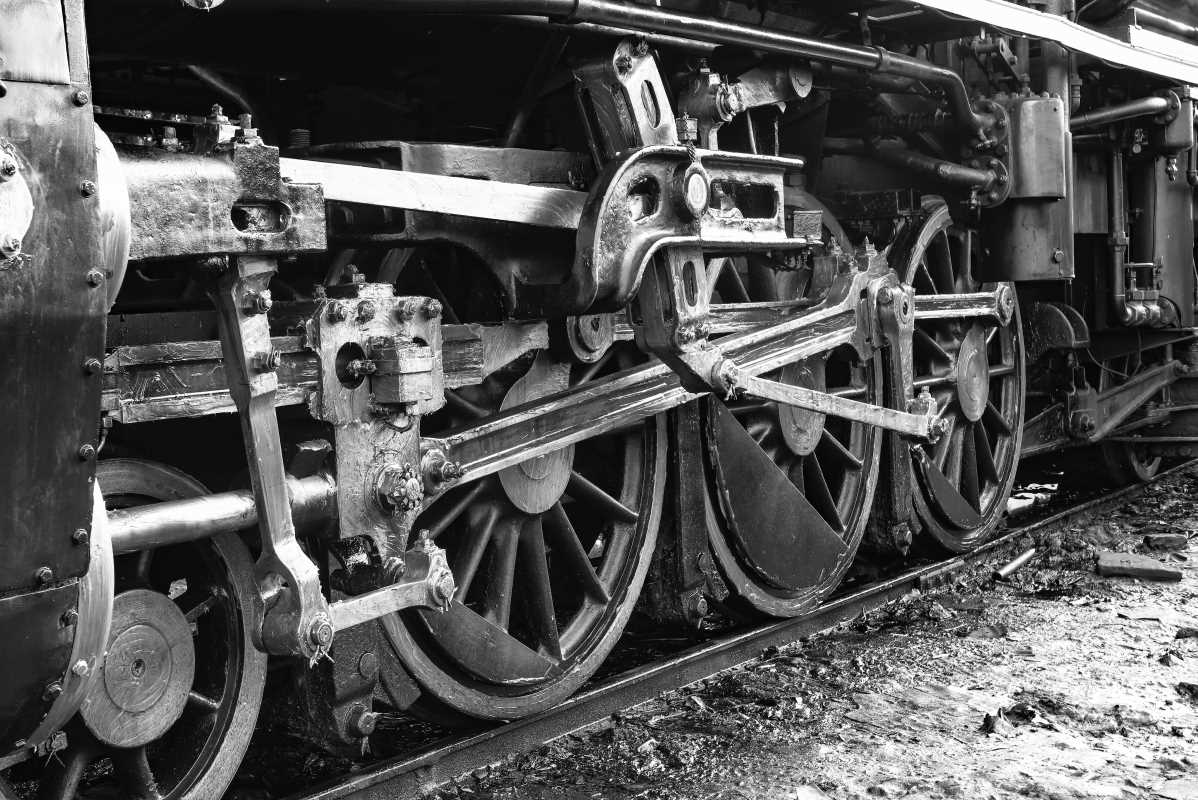 (Image via
(Image via

